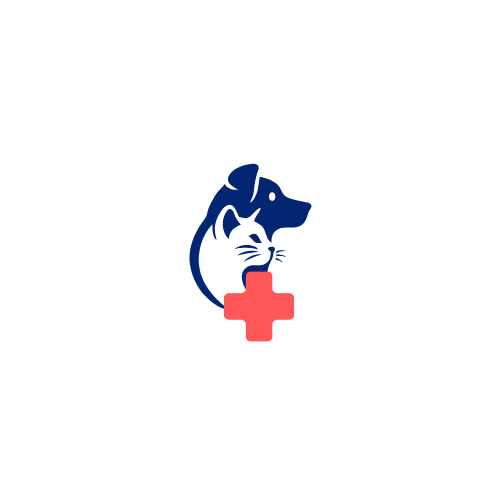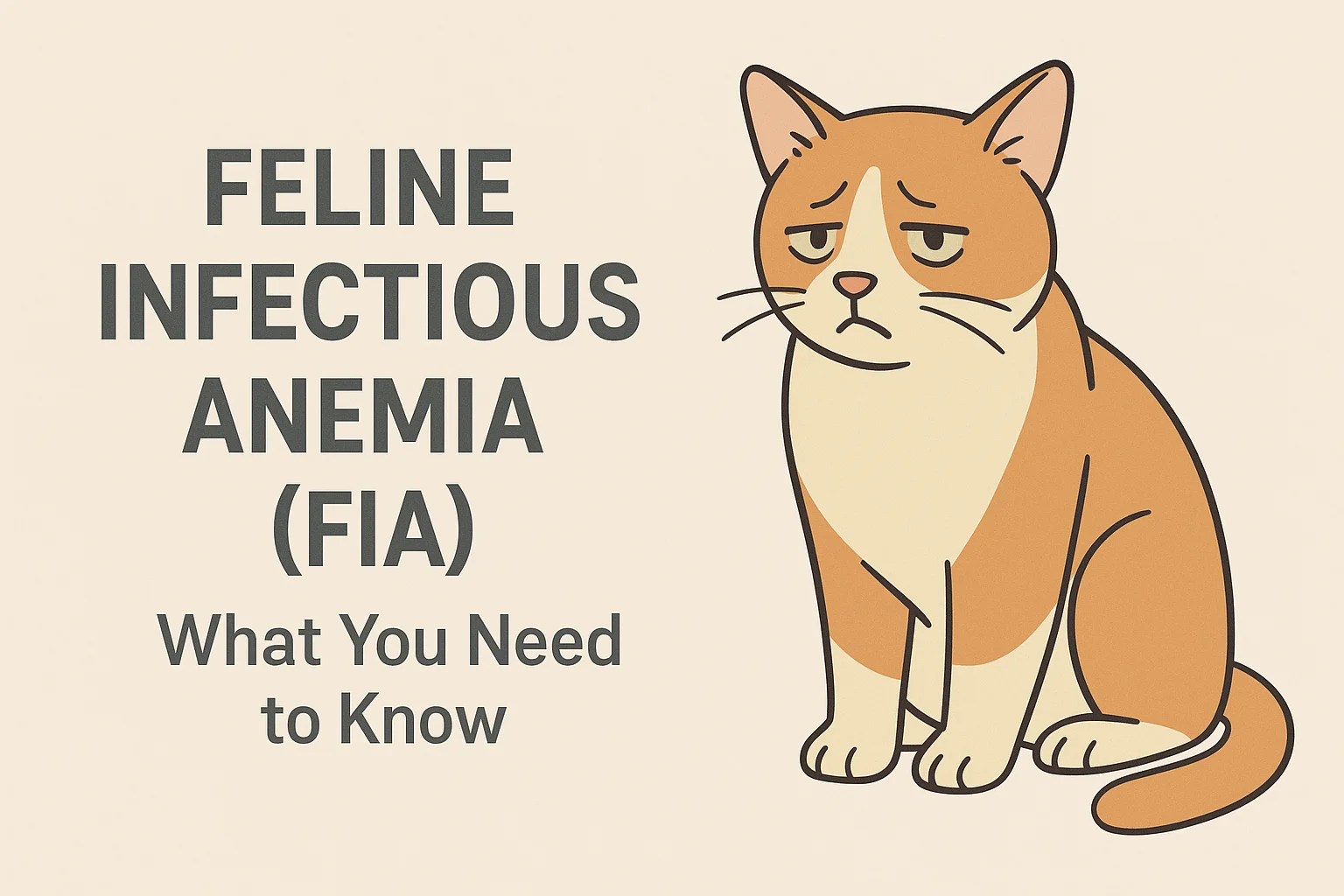
Feline Infectious Anemia (FIA): What Every Cat Owner Should Know
Feline Infectious Anemia (FIA) is a potentially life-threatening condition in cats caused by blood-borne parasites that destroy red blood cells, leading to anemia.
🔬 Etiology
The primary cause of FIA is Mycoplasma haemofelis, a hemotropic mycoplasma (previously known as Haemobartonella felis). These organisms attach to red blood cells, causing their destruction. Other species like Mycoplasma haemominutum and Mycoplasma turicensis may also contribute but are usually less pathogenic.
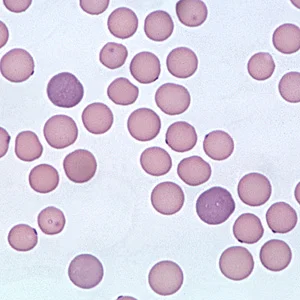
Transmission:
-
Flea bites
-
Ticks
-
Cat fights (via blood exposure)
-
Blood transfusions
-
Possibly from mother to kitten (vertical transmission)
Cats with compromised immune systems, such as those infected with FeLV (Feline Leukemia Virus) or FIV (Feline Immunodeficiency Virus), are more susceptible.
⚠️ Clinical Signs
Symptoms can range from mild to severe and may include:
-
Pale gums and mucous membranes
-
Lethargy or weakness
-
Decreased appetite (anorexia)
-
Weight loss
-
Fever
-
Rapid heart rate (tachycardia)
-
Jaundice in severe cases
-
Intermittent symptoms or waxing/waning anemia
🧪 Diagnosis
A combination of clinical evaluation and diagnostic tests is used:
-
Complete Blood Count (CBC): Reveals anemia, often regenerative
-
Blood smear: May show the organism attached to red blood cells
-
PCR testing: The most sensitive and specific method for confirming Mycoplasma species
-
FeLV/FIV testing: To assess underlying immunosuppressive diseases
-
Coombs test: In cases of suspected immune-mediated hemolytic anemia
💊 Treatment
Management includes supportive care and antimicrobials:
-
Antibiotics: Doxycycline is the first-line treatment (typically for 3–4 weeks)
-
Prednisolone: Sometimes used to reduce immune-mediated destruction of RBCs
-
Blood transfusion: In cases of severe, life-threatening anemia
-
Flea and parasite control: To prevent recurrence or transmission
📈 Prognosis
-
Good in otherwise healthy cats with prompt treatment
-
Guarded to poor in immunocompromised cats (FeLV/FIV positive) or those with severe anemia
-
Chronic carriers are possible—even after recovery—posing a risk to other cats
🐾 Prevention Tips
-
Regular flea control
-
Routine health checks and FeLV/FIV testing
-
Avoid high-risk exposure (e.g., outdoor roaming, cat fights)
-
Screen blood donors before transfusions
Conclusion:
Feline Infectious Anemia is a serious but manageable disease when caught early. Stay alert to symptoms of anemia and consult your veterinarian immediately if you notice any concerning changes in your cat’s behavior or appearance.
🐾 Case Study:
Patient: Jenny– 3-year-old, female, domestic short hair
Presentation: Lethargy, inappetence, pale mucous membranes, and flea infestation
History & Clinical Findings
A recently adopted, semi-outdoor rescue cat presented with acute lethargy, anorexia, and visible flea infestation. Physical exam revealed pale mucous membranes, tachycardia, low body condition, and heavy flea burden.
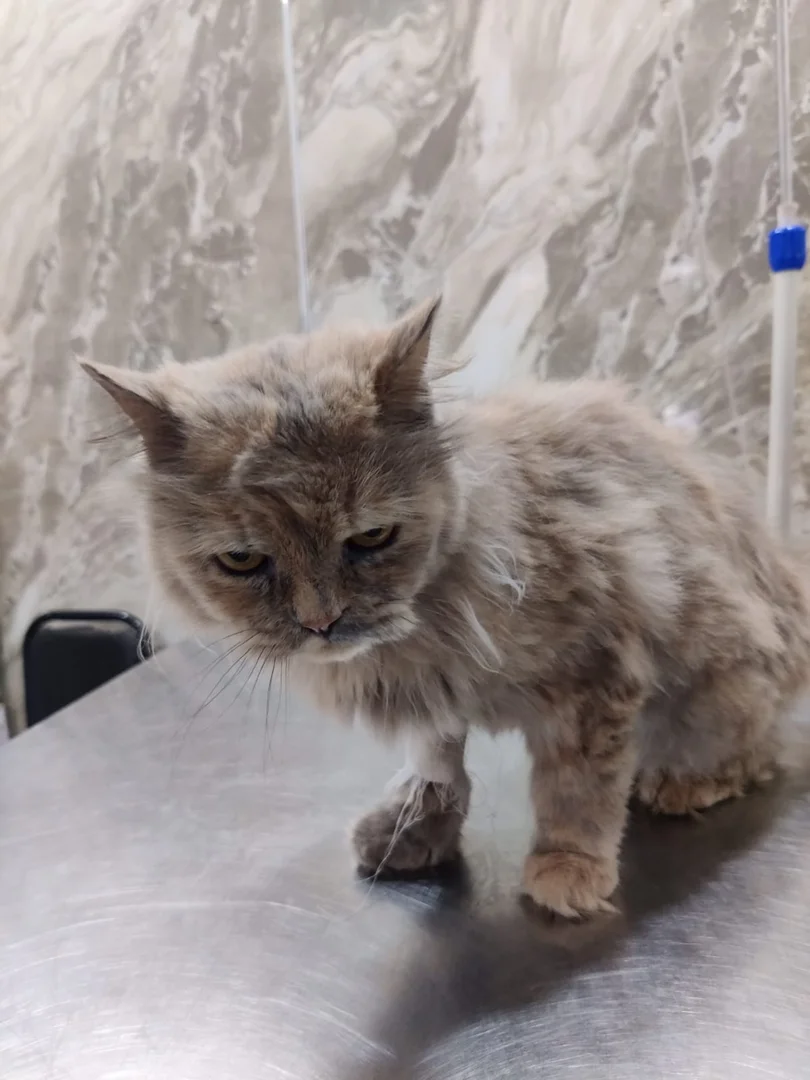 |
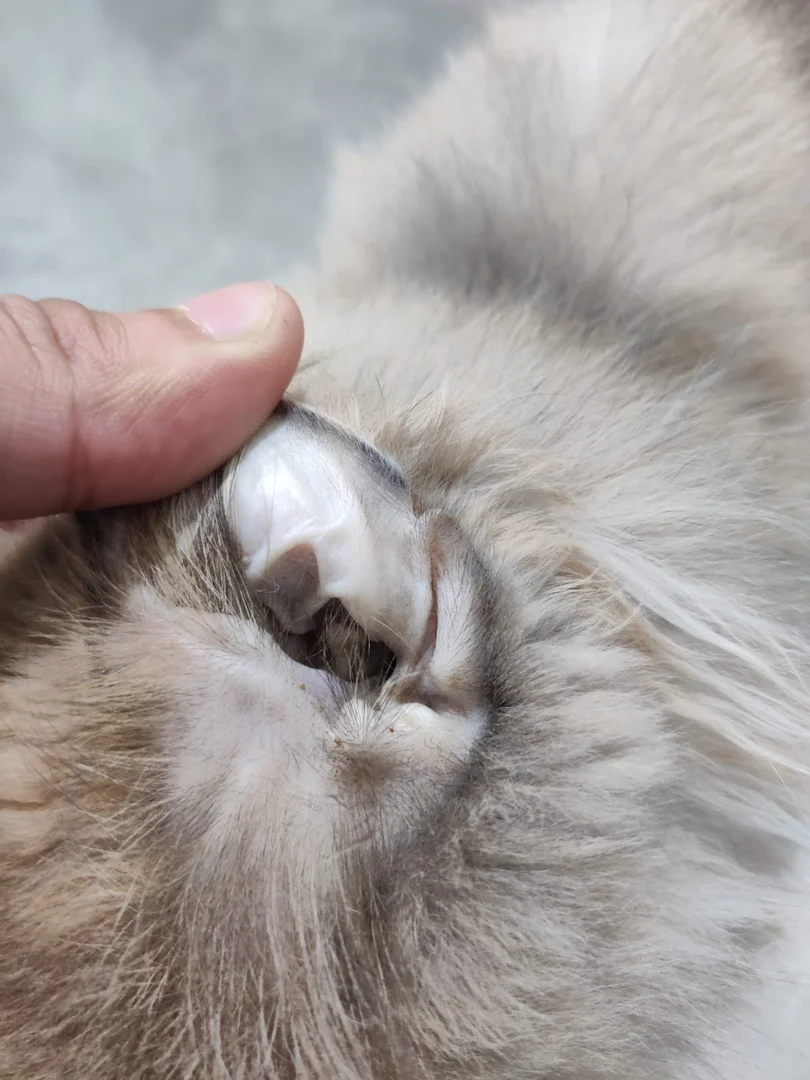 |
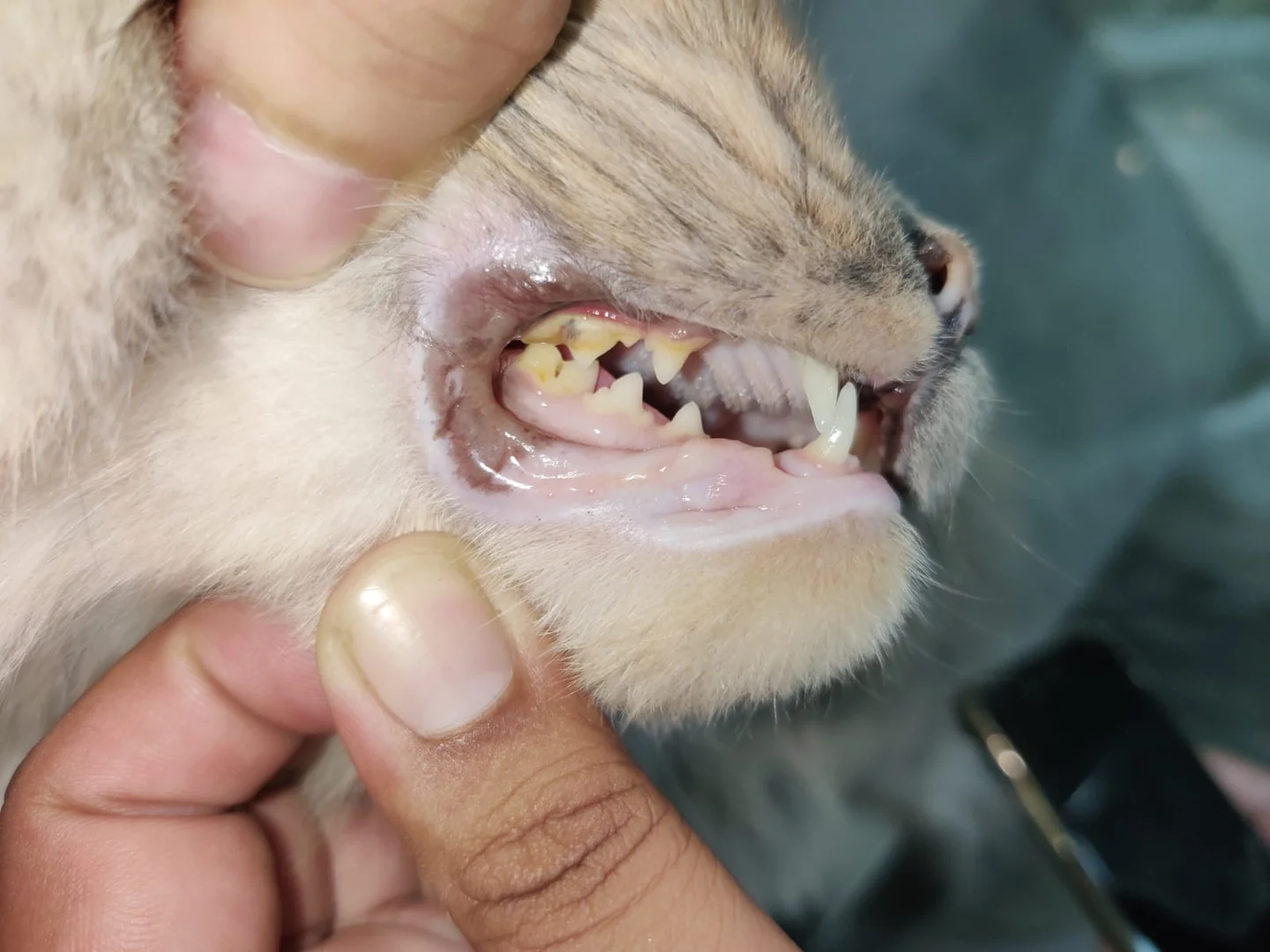 |
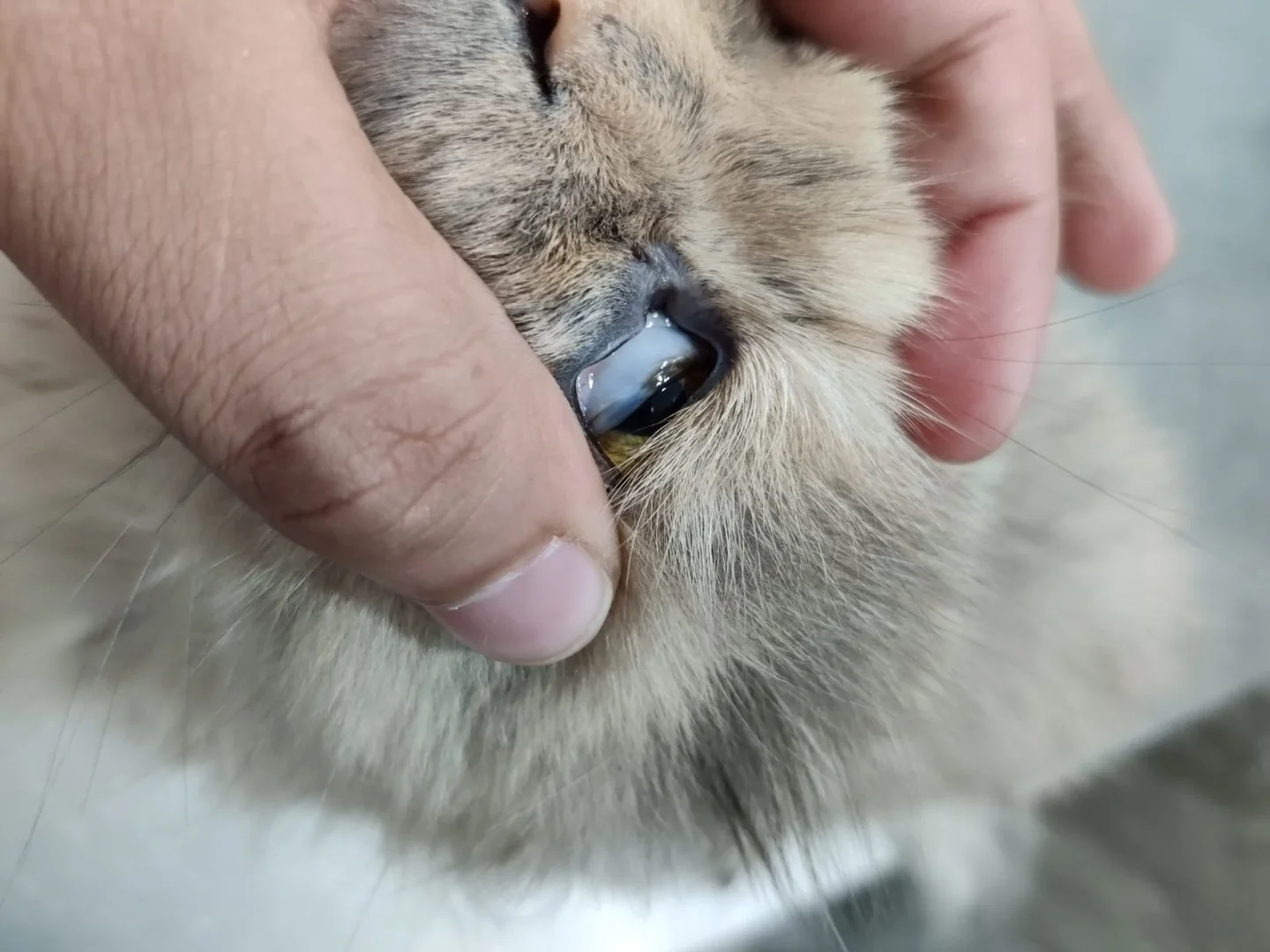 |
Diagnostics
-
CBC: Regenerative anemia (PCV 18%)
-
Blood smear: Presence of hemotropic mycoplasmas
-
PCR: Positive for Mycoplasma haemofelis
-
FeLV/FIV Snap Test: Negative
Diagnosis
Feline Infectious Anemia due to Mycoplasma haemofelis, likely vector-borne via fleas.
Treatment
-
Doxycycline: 10 mg/kg PO SID × 28 days
-
Prednisolone: 1 mg/kg PO SID × 5 days
-
Frontline+ Monthly Flea Control (Selamectin)
-
Supportive care: Fluids, nutritional support
Outcome
Marked clinical improvement within 10 days. PCV normalized to 28% by day 14. Follow-up PCR at 4 weeks was negative. Prognosis: Good. Cat remains a potential carrier.
Conclusion:
FIA should be a differential in anemic cats with ectoparasites. Prompt antimicrobial therapy and vector control are critical for recovery.
